
Dryer Vent Cleaning in Metro Portland, OR
Our Dryer Vent Cleaning Services Keep Homes in Portland, OR Safer
Everyone should know by now that the first thing you should do before using your dryer is clean out the lint trap. But did you know that this lint trap doesn’t catch all of the lint on its own? Much of it can build up in your dryer vent over time, and if this is left neglected, you’re in for some problems. It may start with your clothes not begin as dry after one cycle like usual, and if you continue to leave the vent untouched, there is a possibility of a dryer fire starting during a future cycle.
What can you do? Keep on cleaning that lint trap, but make it a point to call Power Vac once every year or two. It may start with your clothes not being as dry after one cycle like usual, and if you continue to leave the vent untouched, there is a possibility of a dryer fire starting during a future cycle.
Vetted and Approved




Customer Testimonials
How Do Dryer Vents Get Dirty?
The dryer vent (which includes the tube that runs from your dryer to the outside of your home) helps remove hot air and moisture. Even though the dryer itself has a lint trap, dust and debris still make it into the vent over time and can get trapped there—especially if your vent has a screen or cap meant to keep small animals, insects, and/or birds out of the vent. Debris and highly flammable lint can build up in your dryer vent, reducing airflow and backing up exhaust gases. Couple that with the hot temperature of the dryer itself, and clogged dryer vents can be a fire hazard.
Signs It’s Time to Have Your Dryer Vent Cleaned
You can’t see inside your dryer vent without moving the appliance itself and taking the vent tube off. How are you supposed to know when it’s getting full of lint?
- Clothes take longer to dry than usual
- The dryer is hot to the touch after a cycle
- Your laundry room is hot after a cycle
- The dryer emits a burning smell
- There’s inconsistent airflow from the exhaust vent
- Excess lint appears in the lint trap after each cycle
- You find debris in your yard outside of the dryer vent or can see it trapped in the vent itself
If you can’t remember when the last time your dryer vent was cleaned, it’s time to call Power Vac.
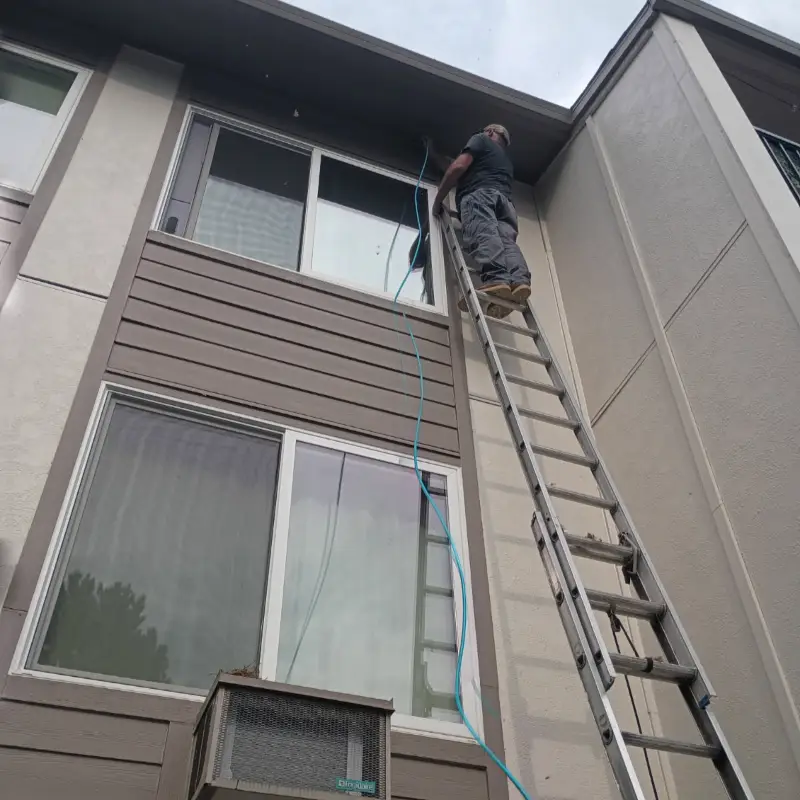
.webp)

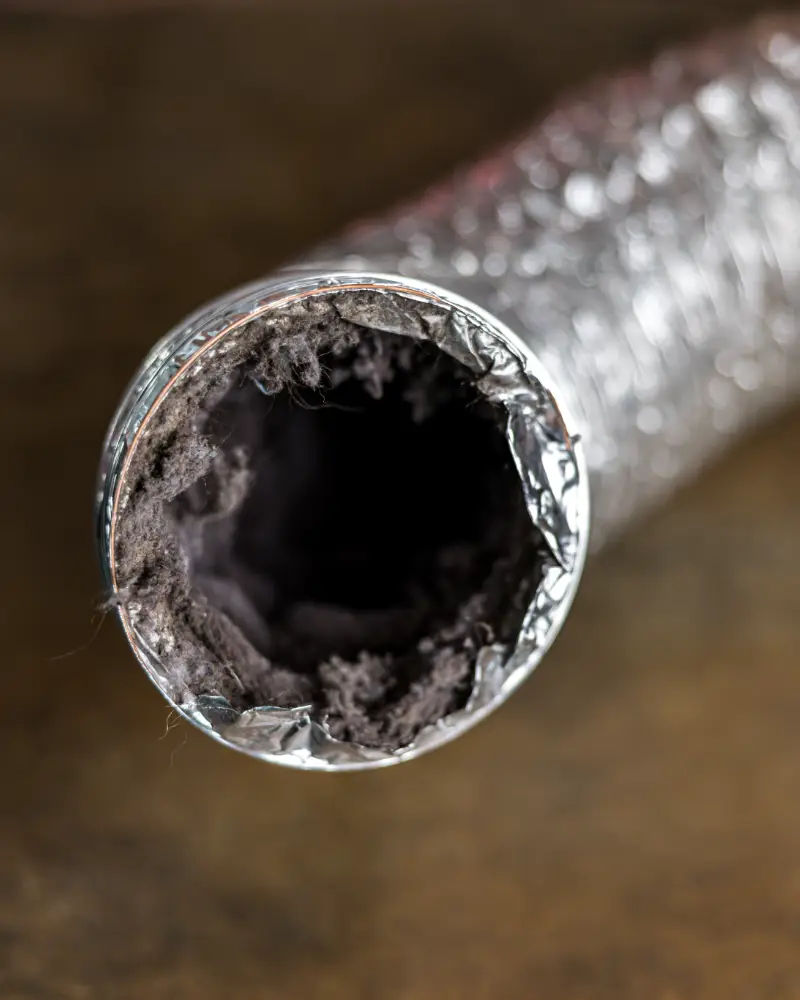

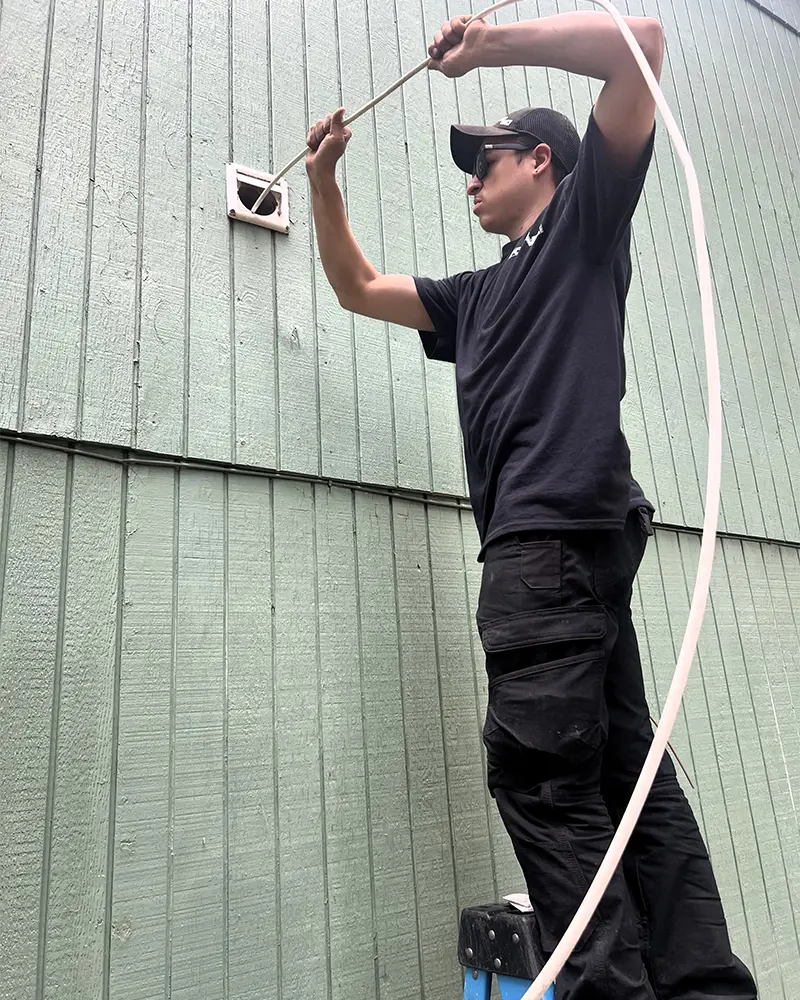

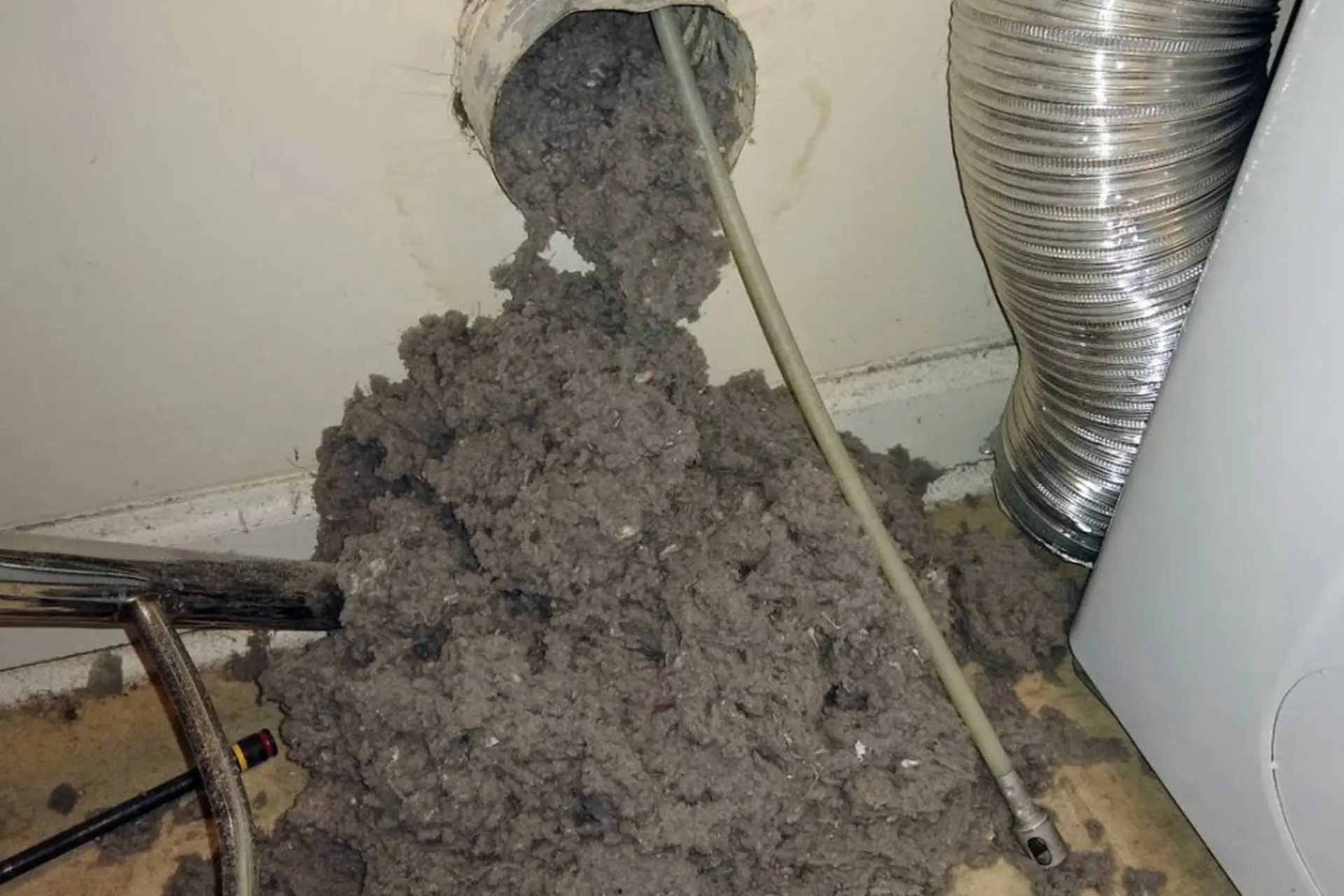
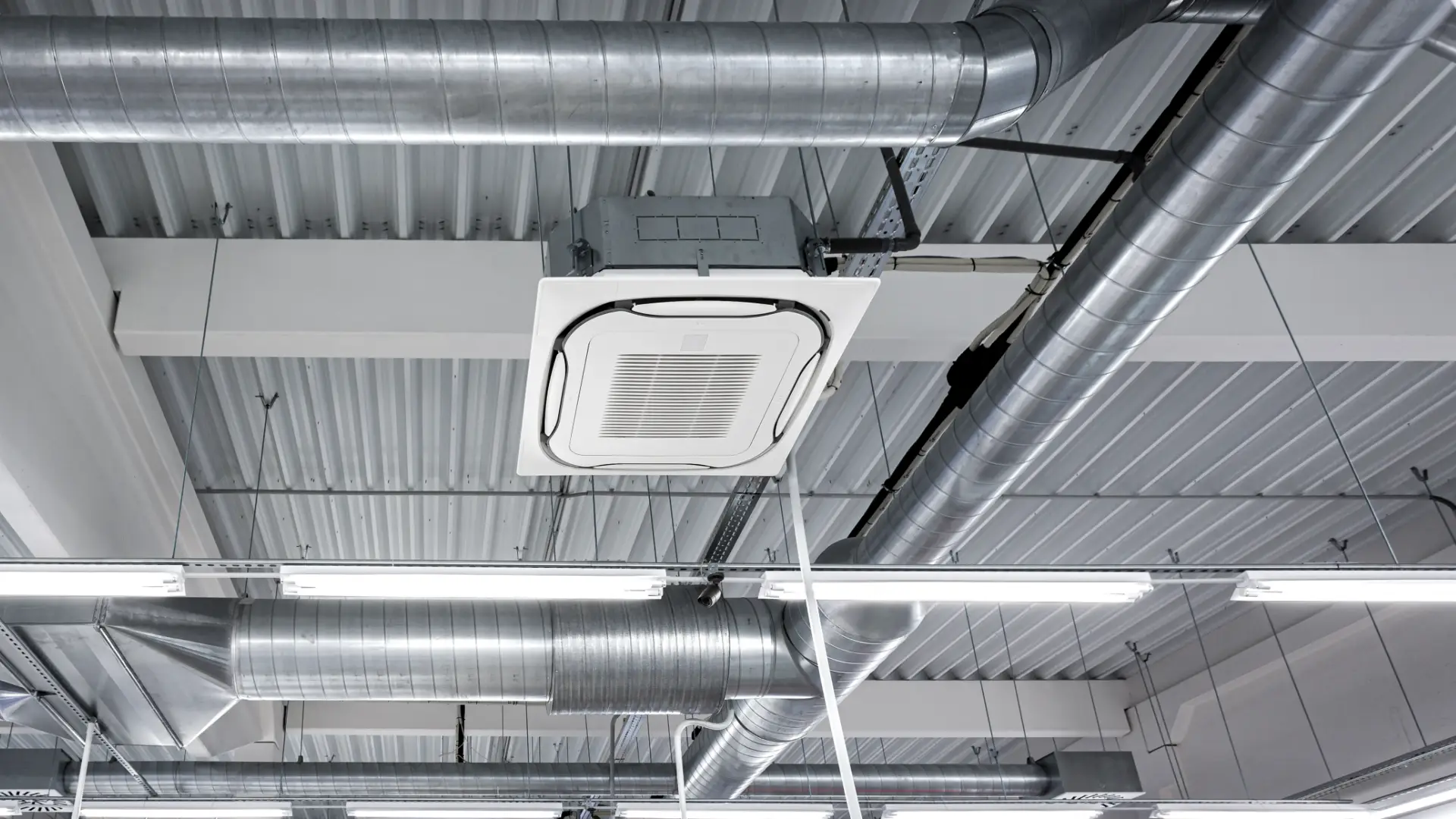
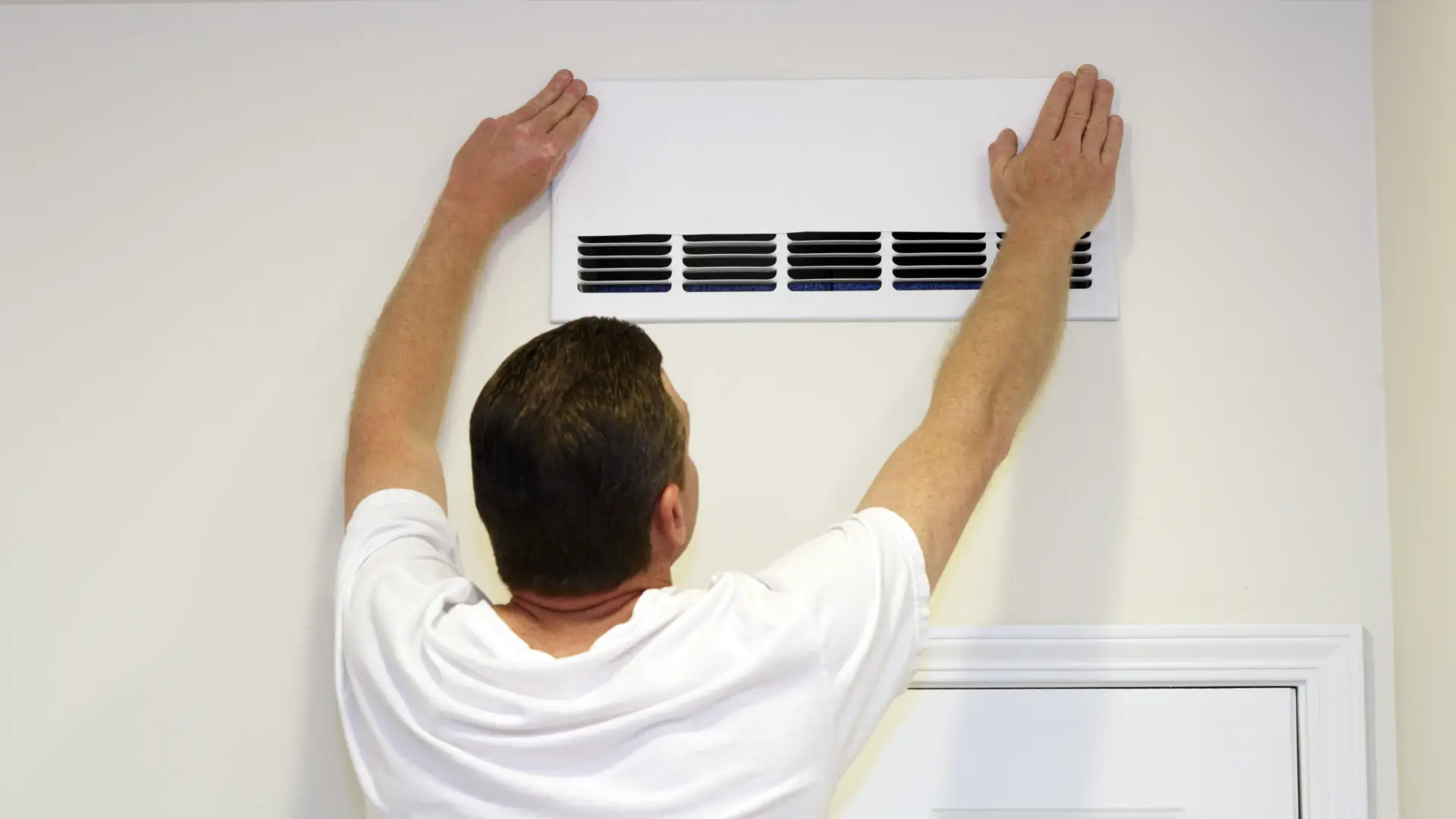
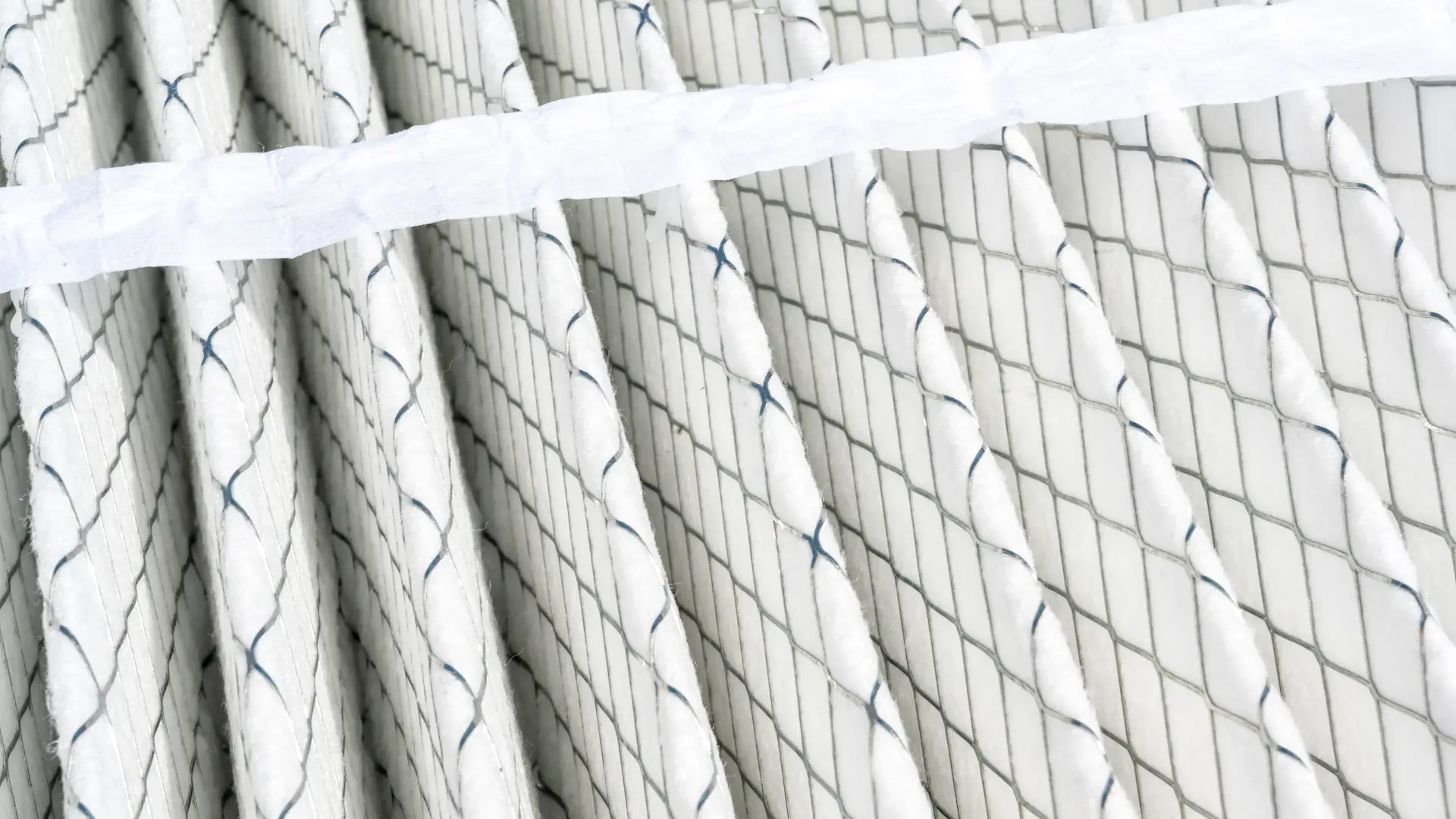
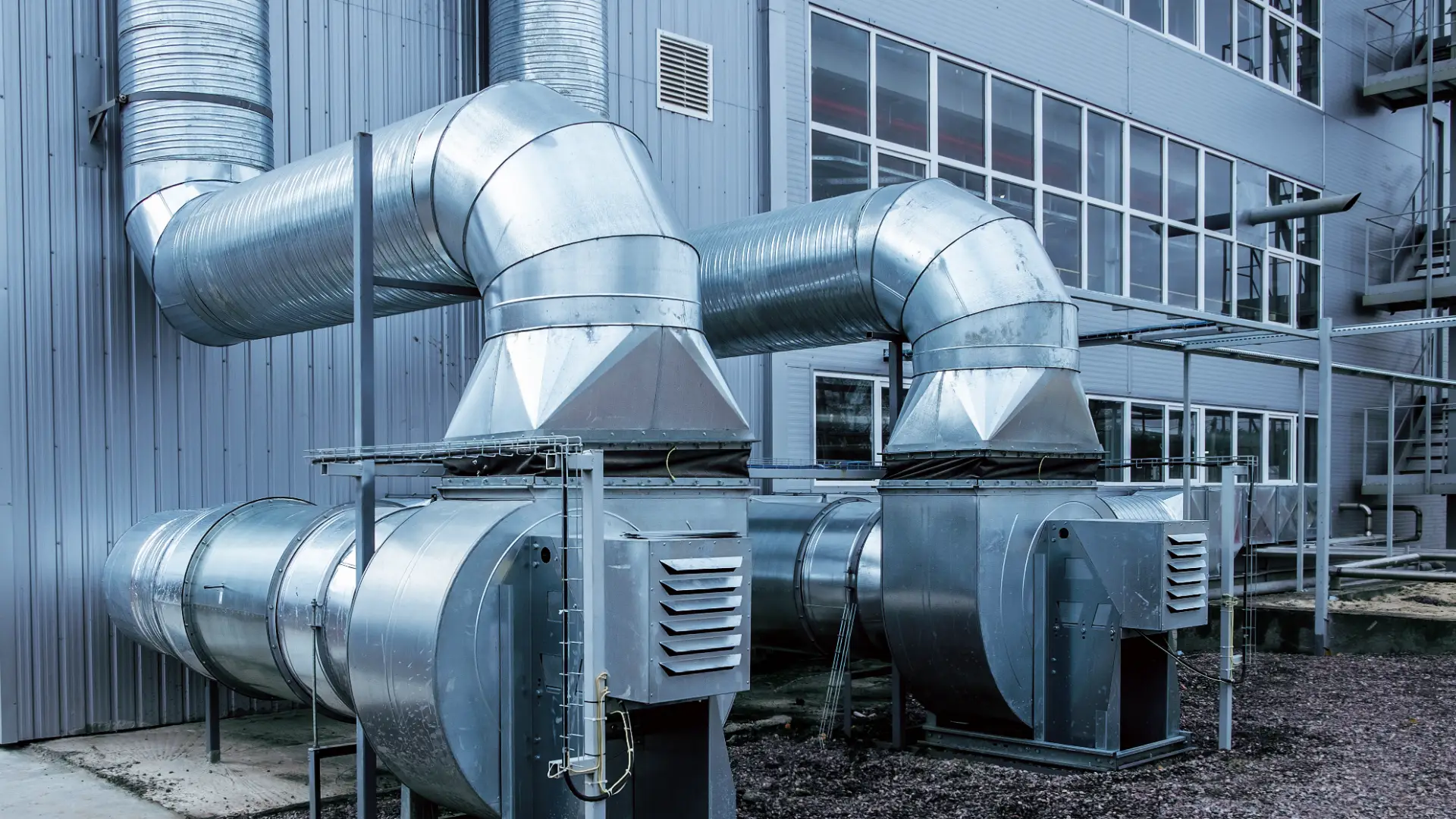
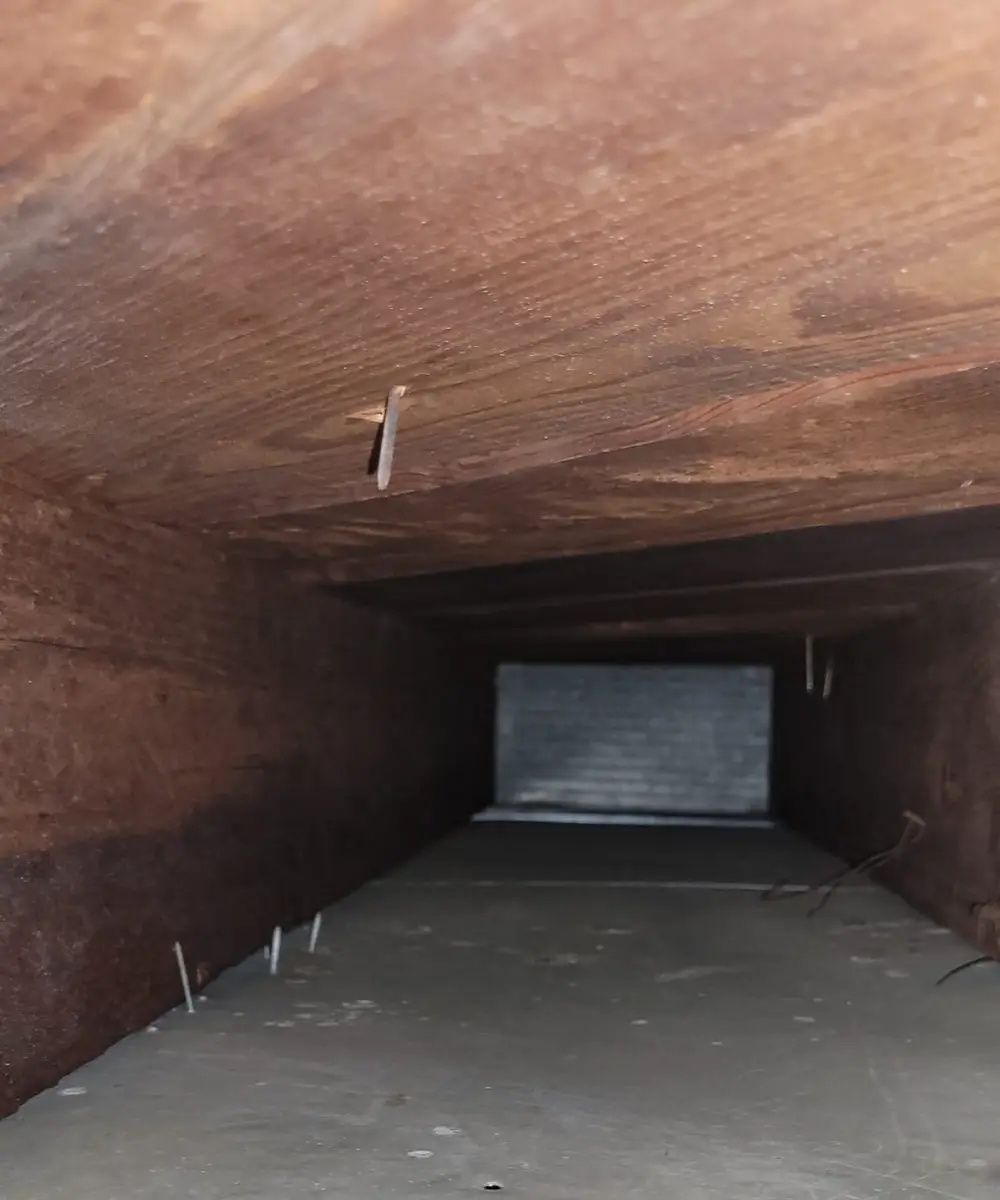
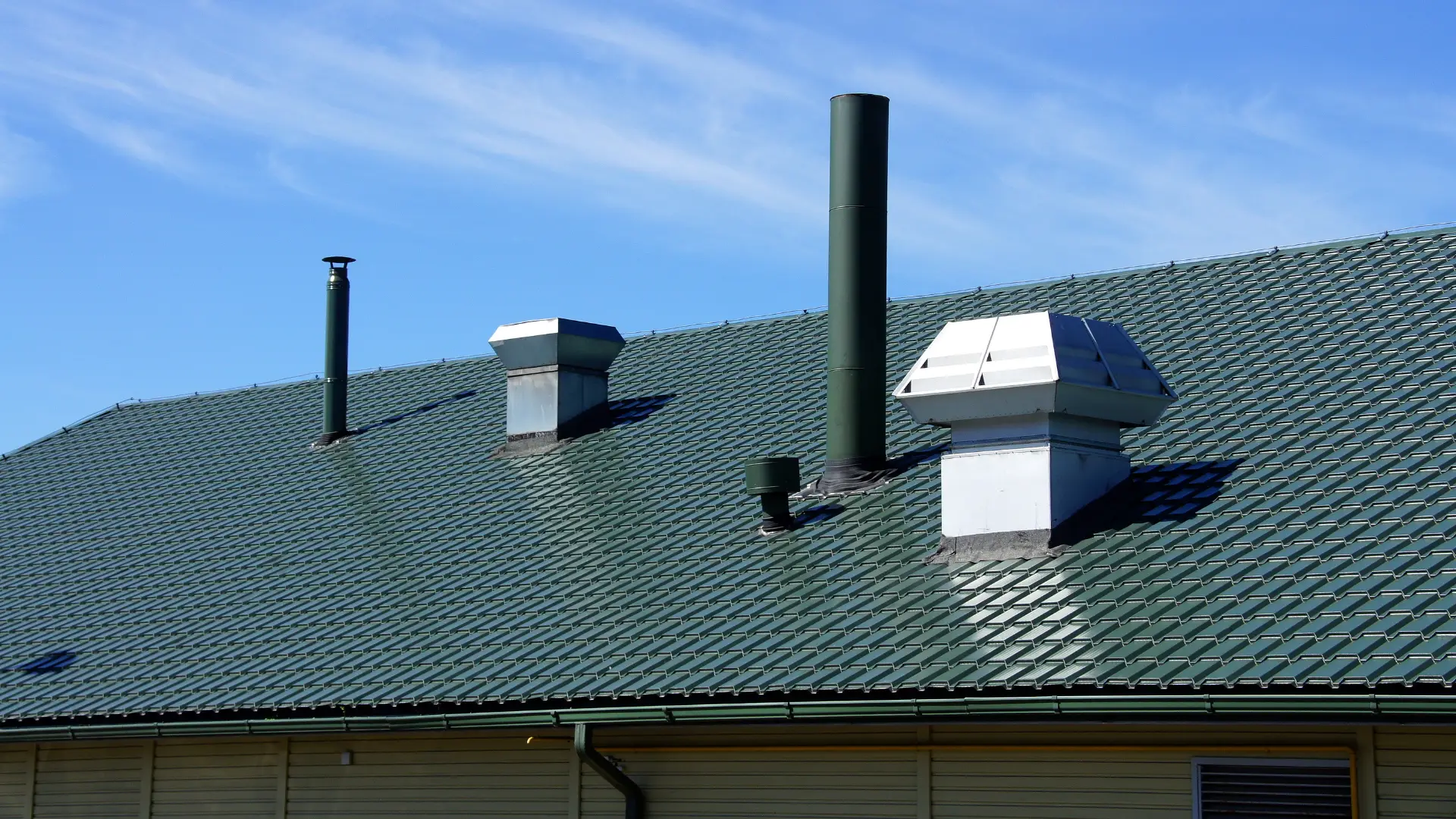
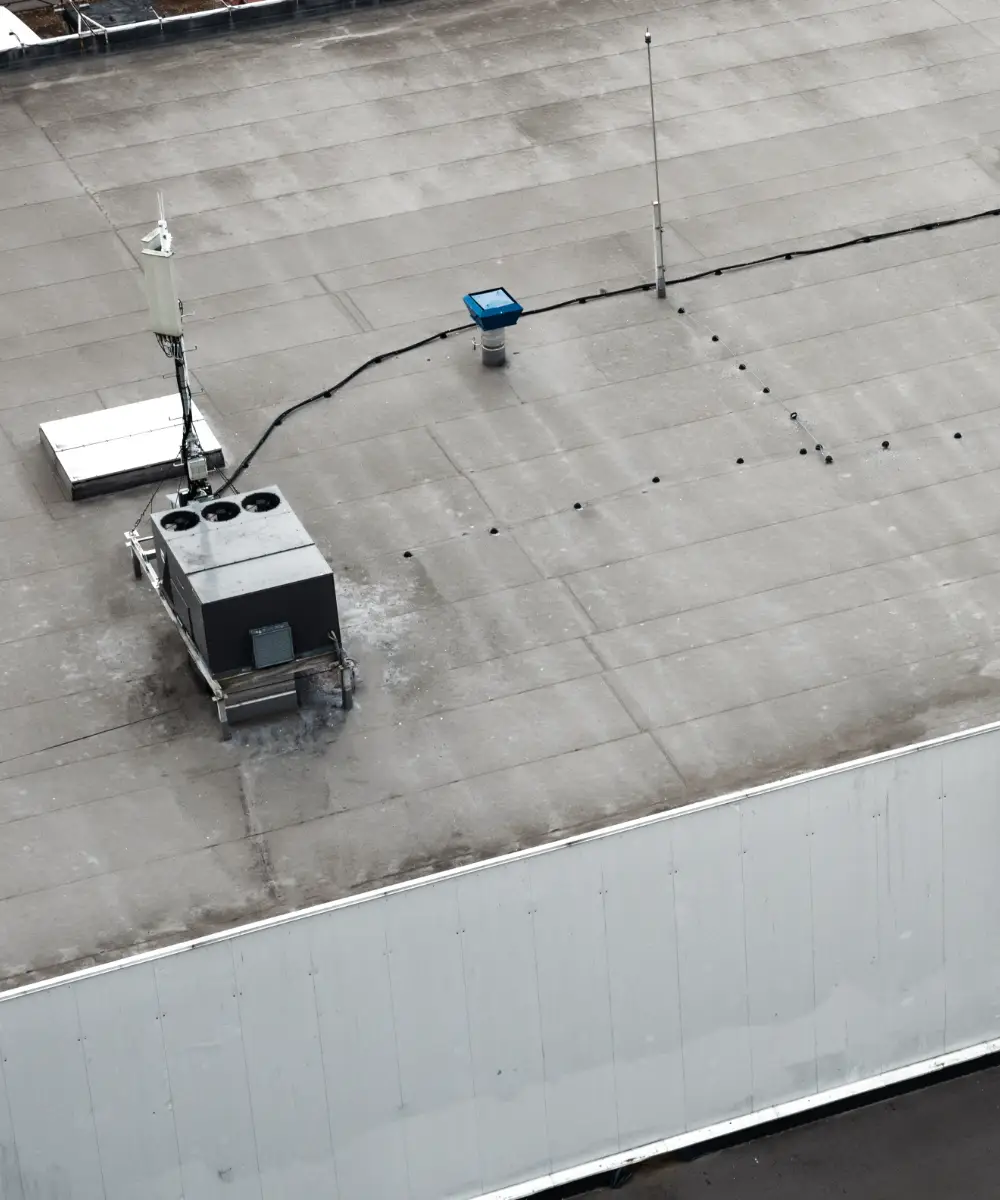
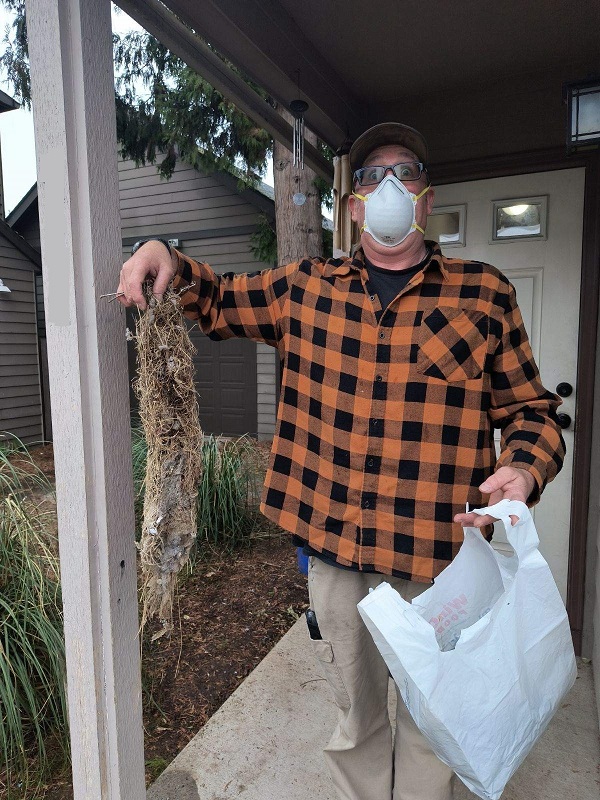


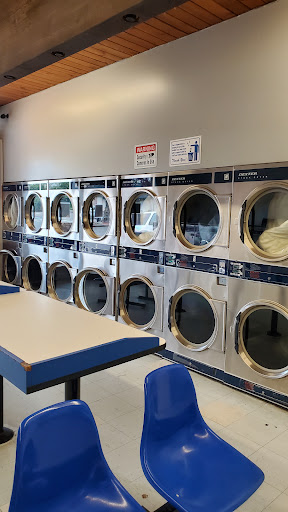

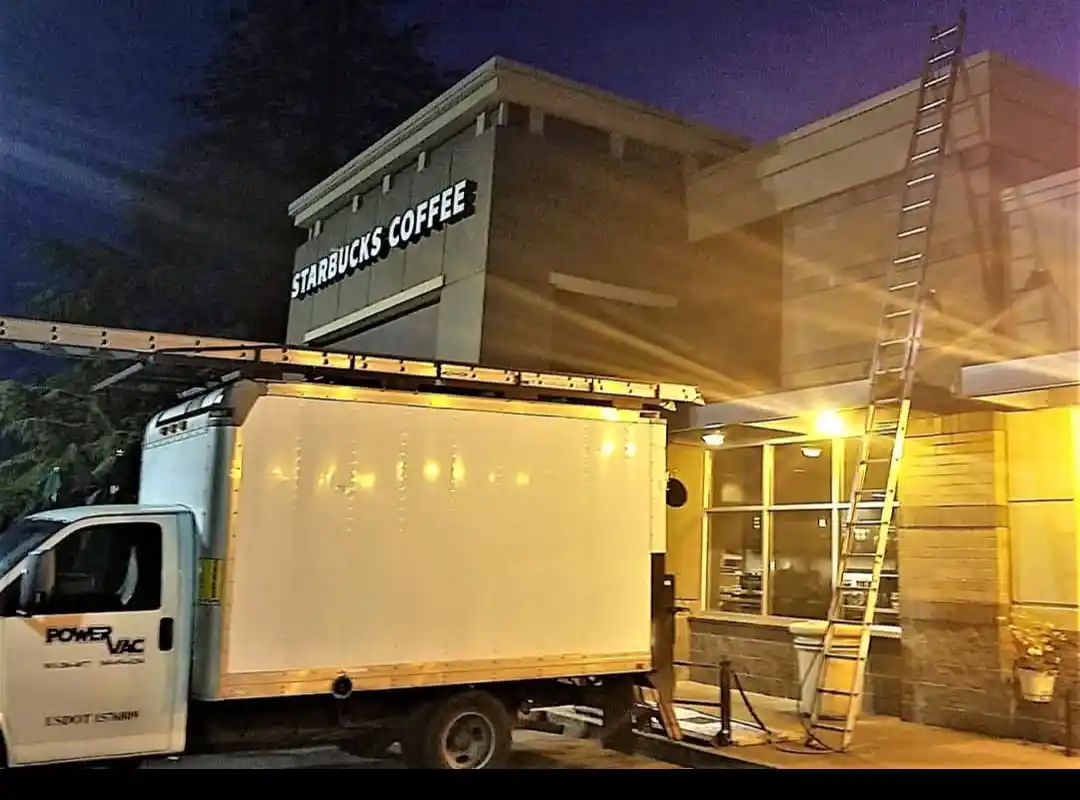
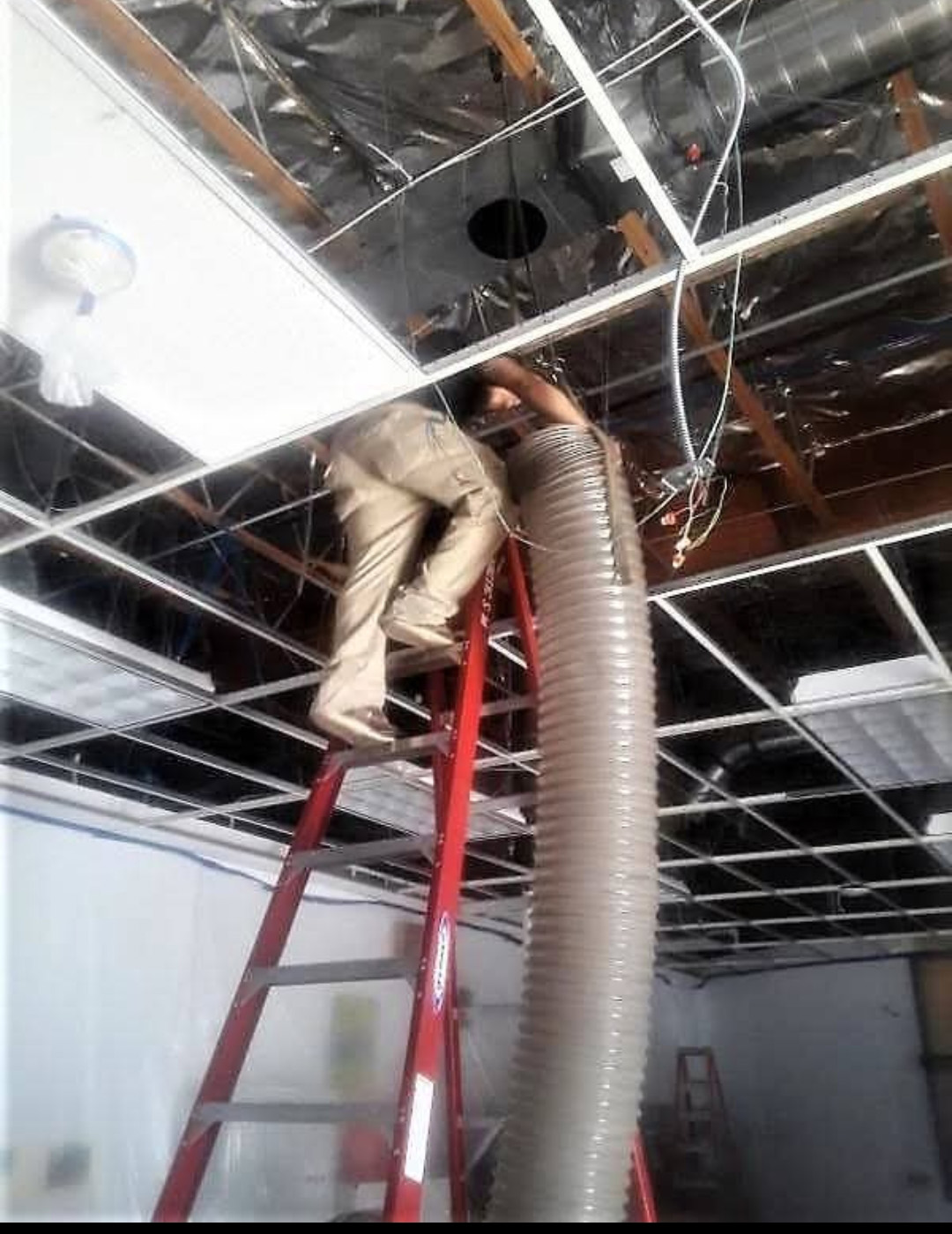
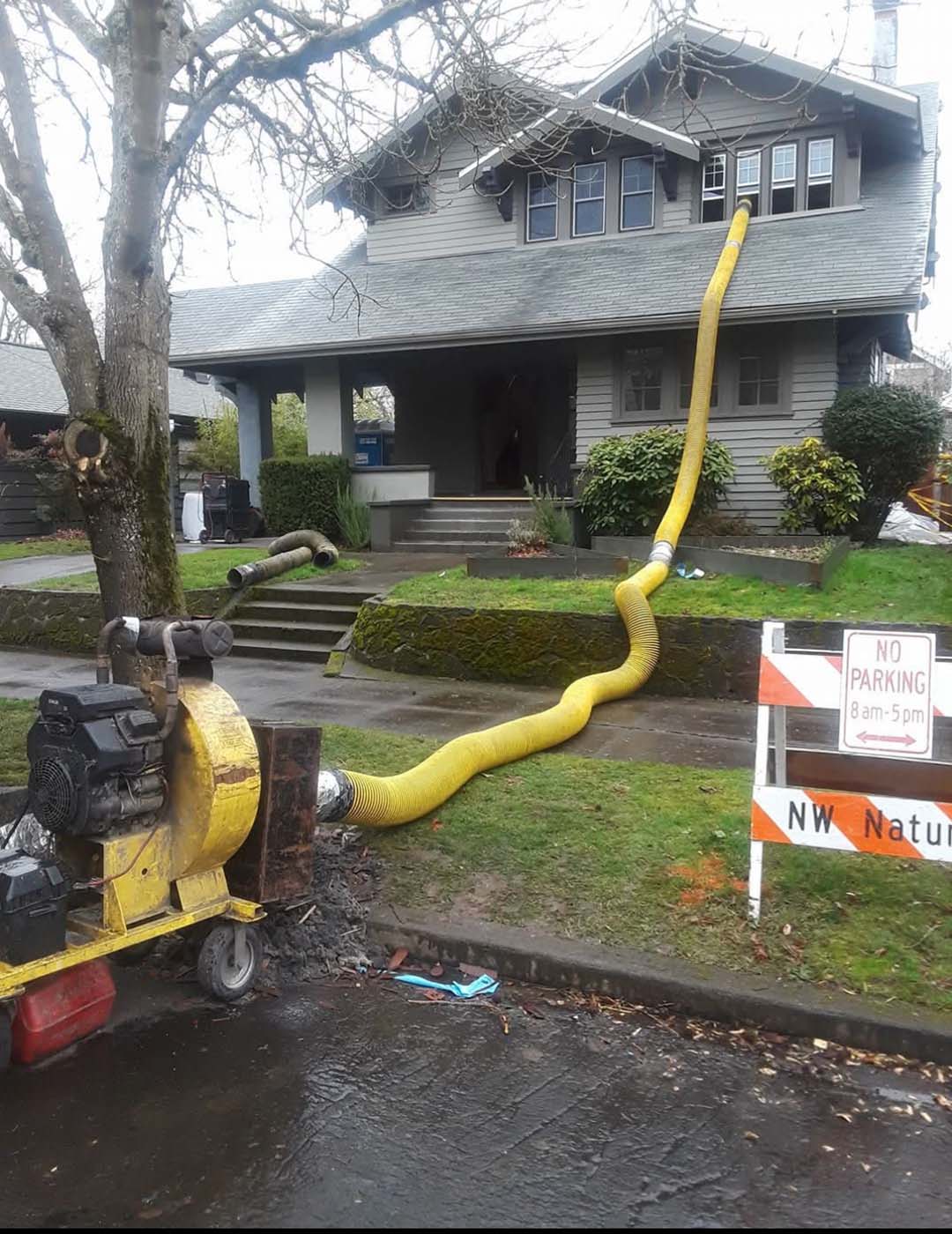
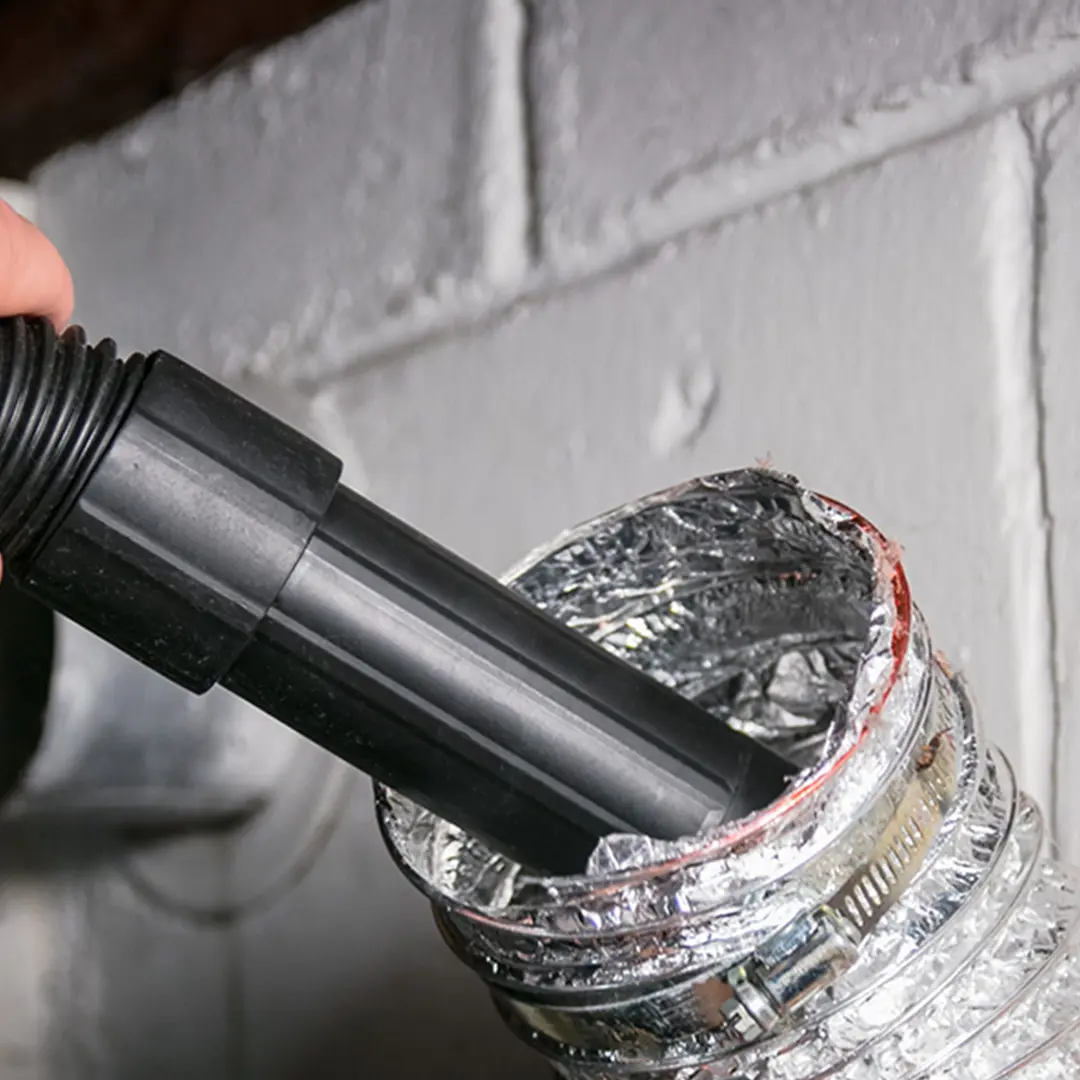
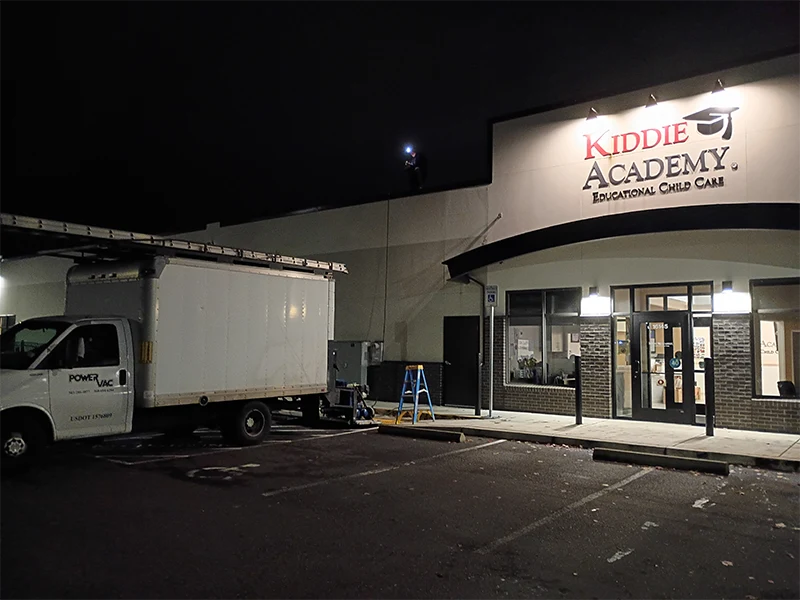
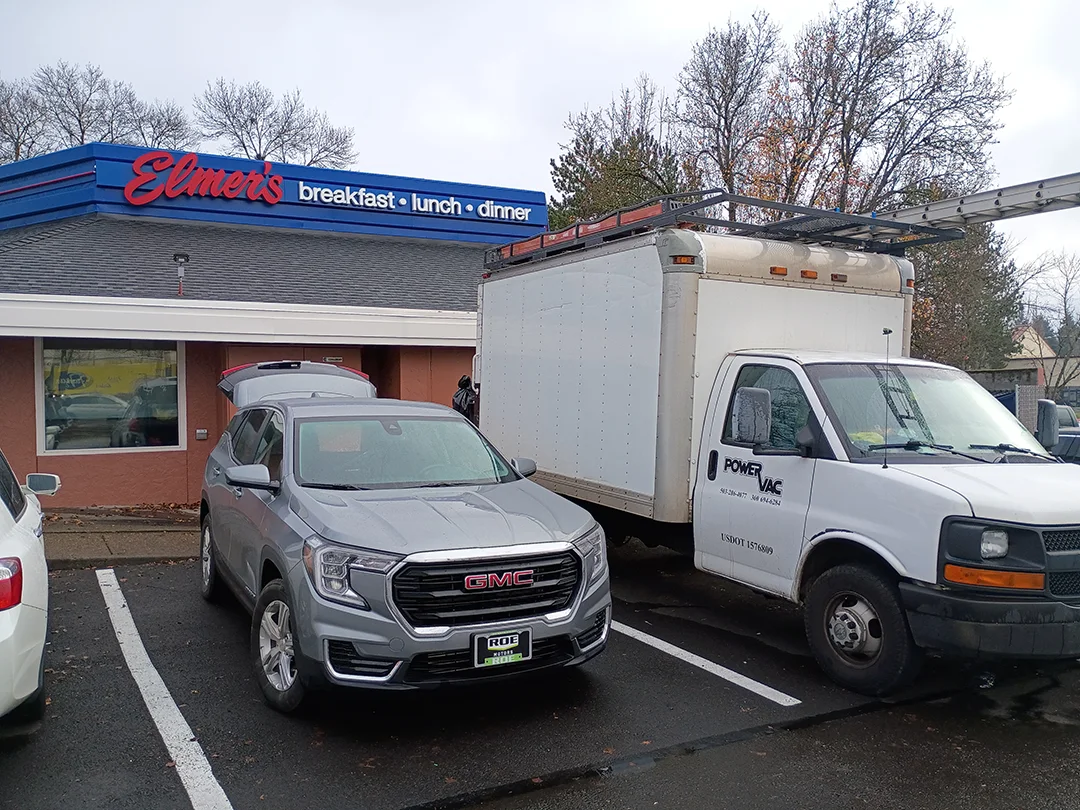
.webp)